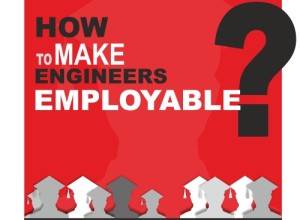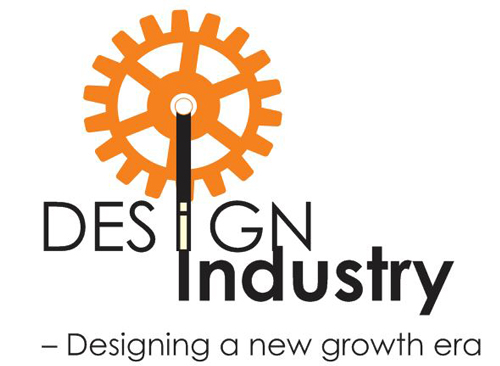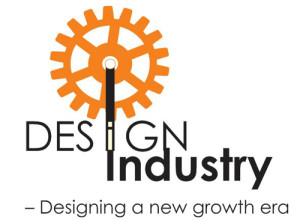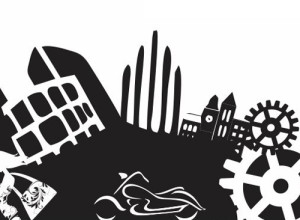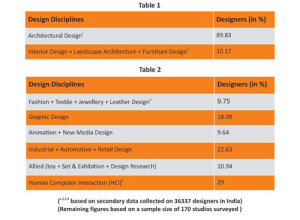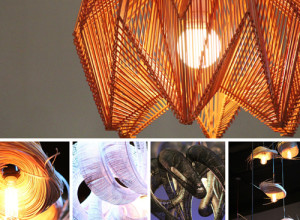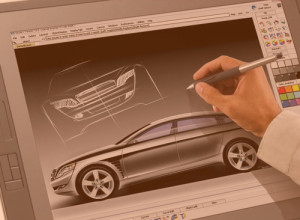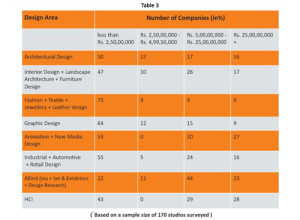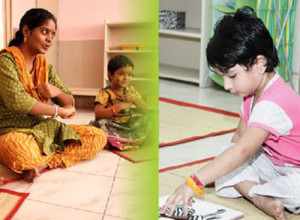Medical instrument designers and developers face a number of business and engineering challenges specific to their industry. Several issues are 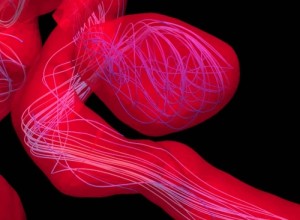 to be considered during manufacturing of medical equipment, the most important among them is patient safety; others include efficiency, effectiveness, and cost containment. From regulatory data management and virtual simulation to flexible industrial design capabilities, SolidWorks enables you to design complaint medical breakthrough in record time.
to be considered during manufacturing of medical equipment, the most important among them is patient safety; others include efficiency, effectiveness, and cost containment. From regulatory data management and virtual simulation to flexible industrial design capabilities, SolidWorks enables you to design complaint medical breakthrough in record time.
Business challenges
The Biomedical Engineering industry is highly competitive and volatile, changing on a daily basis. Not only medical device engineers have to address normal design challenges such as time to market, innovation, cost reduction and global competition, they also have the massive responsibility of patient safety and other strict regulatory guidelines.
Adding further challenges, increasing regulatory scrutiny is putting medical devices manufacturers under the gunpoint for total quality and safety. The Food and Drug Administration is keeping a full check by issuing warning letters resulting in a climb in time and budget medical devices manufacturers spend on regulatory activities.
For example, when Tensys Medical Inc. developed their first arterial blood pressure management system, the company was aware that it had a narrow window for an opportunity and needed to get the product released in the market quickly, it credits SolidWorks design validation tools which enabled them to shorten the design cycle by 60 percent helping the team to create a new medical market space.
Medical staff has strict aesthetic requirements that designers must meet such as reducing operating time and surgery costs. Also the materials used for medical products have been very sophisticated and product engineers need to be aware about their strengths and conductivity along with their effects of sterilization on their material properties.
Implant devices such as cardiovascular stents, must be error free as failures can cost fatalities. Orthopedic implants, such as knee and hip replacements have to function flawlessly to avoid pain and fracture dangers for the patients.
Product engineers have to predict the life span of implantable devices accurately so that the patience can have them removed or replaced timely and in a non-life-threatening manner.
Virtual simulation, with concurrent engineering approach, helps medical product engineers balance all these simultaneous requirements gaining product reliability, quality and safety.
Design Validation for the Medical Device Industry
The main purposes for which engineers perform design analysis include proof of concept “what if”. Validation studies to identify the best design, product reliability, design confirmation and assistance in answering to regulatory requirements. The studies can include variations in geometry, type of material and different operating loads.
Why solidworks
SolidWorks customers have enjoyed many benefits while designing Medical Products. SolidWorks unique resources include:
Design Ease of Use: SolidWorks exceeds in its intuitive Design and Productivity without compromising ergonomics.
DimXpert: SolidWorks generates Geometric Dimensioning and Tolerance based drawings per ANSI/ ISO standards for correctness and completeness.
Integrated FEA and CFD Validation: SolidWorks simulation helps determine factors of safety, Mean Time between Failures (MTBF), Vibration Level Monitoring, Efficiency Estimation, Development time and Reduction in Product Cost.
Integrated Tolerance Stack Up Analysis: SolidWorks ensures the medical equipment to meet stringent safety and reliability standards.
Adherence to FDA 21 CFR Part 820 and FDA 21 CFR Part 11 is a mandatory consideration for a medical product designing team. All the tools needed in compliance are available when designers use SolidWorks product data management- including complete design revision history, electronic signatures as well as full audit trial.
Documentation and Service Manual Preparation: This is a very important part of product development process. Being a vital and intrinsic part of the Company’s Intellectual Property Rights (IPR) that needs to be stored and re-used.
SolidWorks simulation solutions
SolidWorks software is a 3D CAD program of choice for many manufacturing firms of diagnostic and clinical equipment, surgical tools, implants, drug delivery systems and pharmaceutical packaging systems.
Testing during each phase from designing concepts to detailing and validation phases of product development is crucial. Medical products need proper understanding regarding how products will work and whether they will behave as desired. Intuitive SolidWorks Simulation design validation solutions enable SolidWorks 3D CAD software users to perform a variety of simulations and leverage CAD data for engineering purposes during all phases of the design process. Further, since SolidWorks Simulation is embedded within SolidWorks 3D CAD, users can accomplish these studies without switching between multiple interfaces.
Aligned integration between design and simulation also makes it possible for medical device engineers to perform easy design modifications and configuration-specific studios to enable the manufacturer of products customized to individual requirements.
Proven Simulation Solution: The virtual testing capabilities within SolidWorks Simulation are built on a strong finite element analysis (FEA) foundation. SolidWorks Simulation, together with the CFD capabilities in Flow Simulation, the plastic injection molding tools with SOLIDWORKS Plastics, the sustainability features improve overall design avoiding failures.
Thermal: Thermal analysis calculates the heat transfer and temperature between components during devise working process in medical design and its environment. Thermal is an important consideration for medical device design and its environment as many products contain materials with temperature dependent properties and also because there may be possible effects of human body temperatures and heat generated by electronic components embedded in the product.
Vibration: SolidWorks have come up with designs catering to resolve design issues that lead to unwanted vibrations in the product. Vibrations that medical devices may experience can reduce performance, shorten product life, or even may lead to improper usage of the product.
Fatigue analysis: Fatigue can be defined as failure under a repeated or varying load which never reaches a level sufficient to cause complete failure in a single application. Fatigue analysis examines how repeated or random load cycles cause structural failure. With SolidWorks Simulation, the designers are able to conduct fatigue analysis and optimize the designs and material selection.
Sustainability: SolidWorks sustainability provides actionable environmental results by measuring the environmental impacts of individual designs across the product life cycle- including the effects of manufacturing, material, assembly and transportation.
Computational fluid dynamics (CFD): Fluid flow issues are very critical in medical devices. Devices such as artificial heart valves, oxygen delivery or a host of other such products, the flow or a variety of fluids must be reliable at designed and at prescribed temperatures. SolidWorks Flow Simulation, integrated with SolidWorks 3D CAD makes it possible to study such concerns in a very straightforward manner.
Conclusion
Designing medical products is a crucial trait as the designers have to meet the needs of physicians, patient safety and regulatory agencies under demanding situations. Product quality is something which cannot be compromised as life depends on their performance. To be ensured that the products meet all these requirements, medical product designers now have access to highly sophisticated tools with an embedded Simulation CAD solution. These capabilities help them to test the product very early during the design process and examine for improvements. SolidWorks have been adopted by the majority of the Medical equipment manufacturers at the de facto standard in their design and testing process.
Image courtesy: www.new.cgtrader.com || www.1080plus.com ||
